What Is The Low Carbon Diet
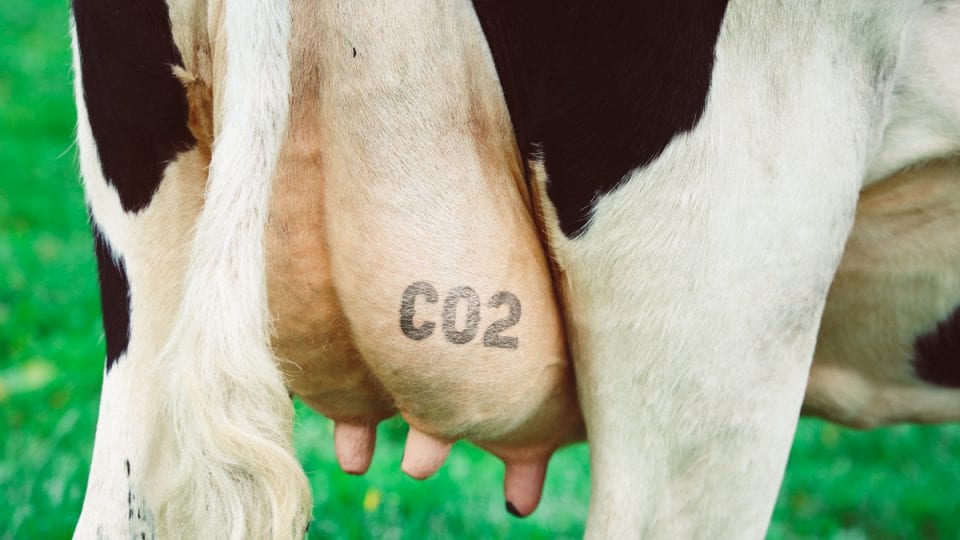

A low carbon diet is an eco-friendly diet consisting of foods that leave a minimal carbon footprint. The goal of the diet is to reduce the total greenhouse gas emissions produced by the food of which a person eats.
Choosing a low carbon diet can be an effective way to combat climate change. You may not think your food has much impact on global warming, but in reality the food industry has an undeniable impact on the environment. A 2018 study carried out by researchers at Cambridge University found 26% of the global greenhouse gas emissions are related to the food industry. This is equal to approximately 13.7 billion metric tonnes of carbon dioxide.
The low carbon diet follows a few simple tenets: eat seasonal, eat local, and eat plant-based. By following these 3 main rules you’ll significantly reduce the impact that your diet has on the planet.
Moreover, by choosing a low carbon diet you are demanding structural change. We must show producers that there is demand for more environmentally friendly foods and methods of productions.
Read on to learn all about the low carbon diet, why it is important and how to find and eat low carbon food.
Want to spend less time reading and more time cooking? Check out the recipe section of this site. All the recipes are guaranteed to fit the low carbon diet and come with a comprehensive breakdown of how much carbon you’ve saved!
Preface – Eating Low Carbon Doesn’t Have to Be Boring
You might be thinking that eating sustainably consists of living off plain bread and beans. You’re fearful you’ll have to give up flavour and live like a hermit. Don’t worry, I bring good news, eating low carbon is actually incredibly tasty! Low carbon recipes are packed full of wonderful seasonal veg, bursting full of flavour and come with a good helping of your very favourite carbs. Just check out a few fan favourite recipes from the site:
Why You Should Eat a Low Carbon Diet
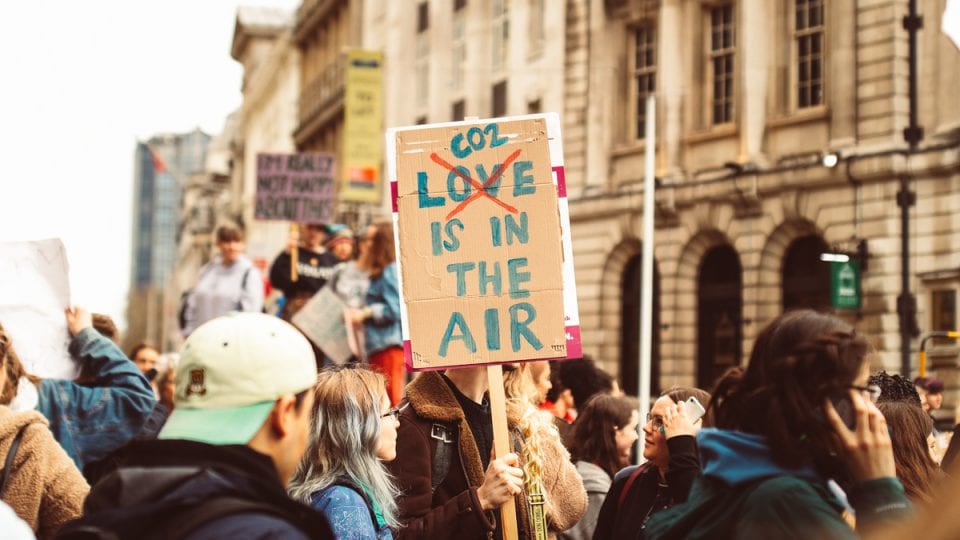

By now I’m sure we are all well aware of the damaging effects that greenhouse gasses have on the environment. 2019 became the year of Climate Anxiety, generations of people came together in a collective understanding that we cannot continue to create so many emissions. As of 2018, CO2 levels trapped in the atmosphere are the highest it has been in 3 million years.
I won’t rehash the importance of mitigating climate change, there are many articles on the internet which do a better job. I will, however, reiterate two main points, which should help solidify why the low carbon diet is important.
First, and this is somewhat obvious, climate change impacts ecosystems. Increasingly erratic and dangerous weather systems destroy or irrevocably change parts of our world. Over the past few years we’ve seen terrible foreshadowing of the destruction that climate change can bring about. Wildfires in Australia, killing millions of wildlife. Stronger hurricanes in the Americas wiping out coastal habitats overnight. These are but a few examples of what is to come.
Secondly, and perhaps less often mentioned, is climate change affects people. Even now, around the world, as global temperatures rise millions of people are fleeing their homes to try and escape extended droughts or extreme weather conditions. Sea level rises will also affect low-lying communities forcing many to leave their home. Climate change will disproportionately affect those from poorer countries who are less well funded to deal with changing weather patterns. In more privileged nations, we need to do our bit to ensure that they are protected.
But what does this have to do what you’re eating for dinner? Well About a quarter of global greenhouse gas emissions are related to food. The relation between how we consume food and global warming is undeniable. Choosing what you put on your plate can help mitigate the effects that agriculture has on the environment. Eating low carbon will reduce your own carbon footprint and signal to producers you demand a more sustainable method of food production.
The Low Carbon Diet Vs Zero Waste Diet
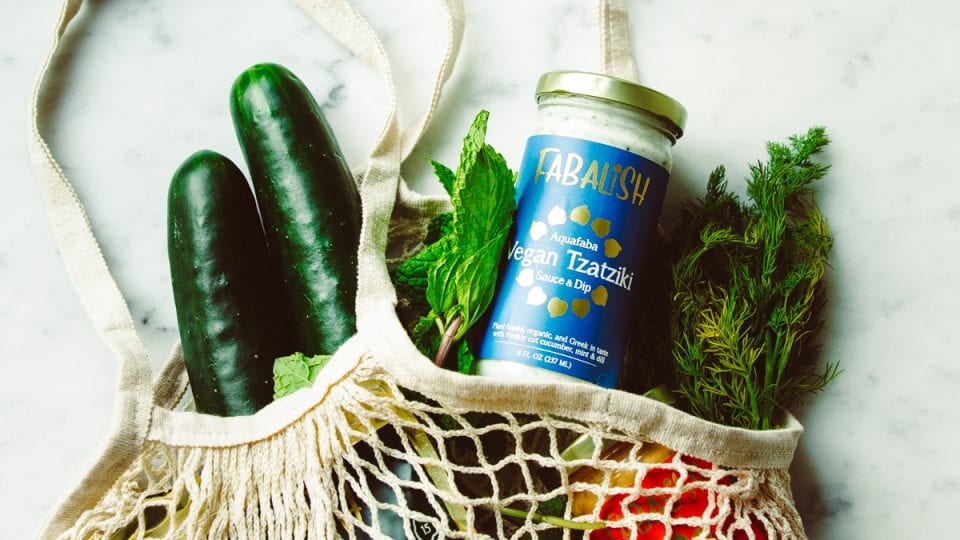

In recent years there has been a rise in the popularity of the zero waste movement. Zero waste promotes a lifestyle which reduces excess waste, focusing on the three Rs – Reduce, Reuse, Recycle. Common examples of zero waste include choosing reusable carrier bags, avoiding packaged goods in favour of loose bulk items, and composting food scraps. Although zero waste is commonly a lifestyle choice, in recent years followers have also applied it to eating. There are a number of high profile zero waste chefs and bloggers who follow a zero waste diet.
A zero waste diet has many things in common with the low carbon diet, but they are not the same. Whilst the low carbon diet would generally be considered a zero/low waste diet, A zero waste diet, may not necessarily be a low carbon diet. Zero waste practitioners focus on reducing food and packaging waste. These are important features of the low carbon diet but come after the importance of changing what you eat. For example it is still possible to follow a zero waste diet and eat a diet heavy with meat & dairy, which is actively discouraged in the low carbon diet. In general a low carbon diet favours choices that are the best for the environment, rather than just reducing waste.
So now we understand why a low carbon diet is important. In the next section I’ll explain what adds to the carbon footprint of the food we eat.
What Is a Foodprint?
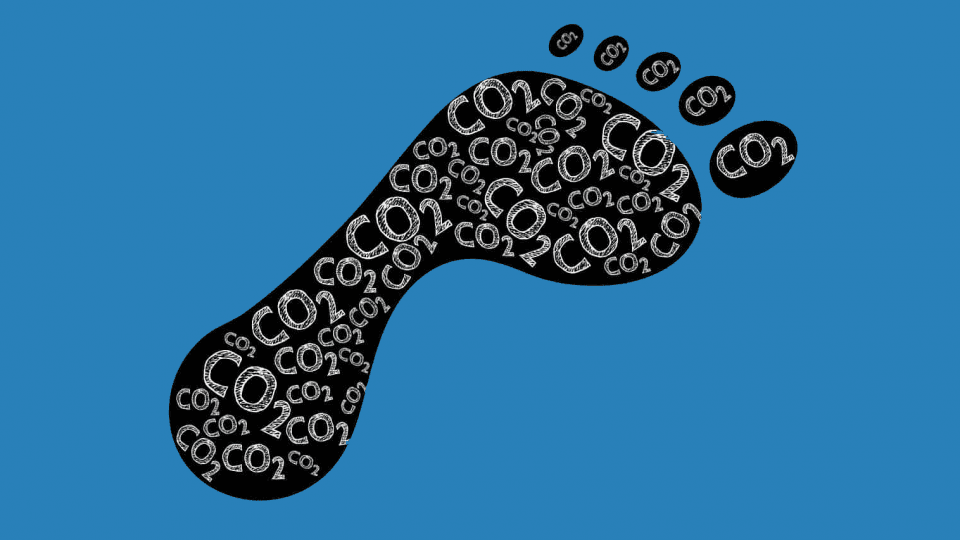

A foodprint is the environmental impact of a specific food item. It measures how many greenhouse gasses have been released into the atmosphere by the time the food ends up on our plate.
Understanding the different factors that influence a foodprint can help you decipher food labels and quickly become a food sustainability guru.
How to Calculate Your Personal Foodprint
A personal foodprint refers to the sum of all the carbon emissions your diet has created. Calculating your foodprint number should give you an estimate of the impact that your diet has on the planet. Though this sounds incredibly helpful, sadly, it is very difficult for the average person to precisely calculate. There are many steps in the food supply chain and many different factors involved that affect the carbon footprint of food. Many of these we, as consumers, simply don’t know. Let’s take a simple example: going to the supermarket to buy a punnet of cherry tomatoes. How many miles has it travelled? Which fertilisers were used by the farmer? How much electricity was used to grow the tomatoes? Who manufactured the punnet?
All this information can seem overwhelming, but thankfully there are a number of online carbon footprint calculators which can be used to give you a rough benchmark of your personal foodprint. Many of these vary in accuracy so it’s important to take the output as an indicator. For those looking for more concrete information about footprints, each of my recipes a detailed carbon footprint breakdown.
You can find more information about how to eat a low carbon diet in this section. For now I’ll explain what factors affect the size of a food’s footprint.
Important Factors in a Foodprint
Below follows a quick overview of the factors contributing to your foodprint. If you’re looking for more useful information that can help you out when you’re out at the supermarket, check out my tips in the How To Shop Smart section.
Carbon Intensity of Food Production
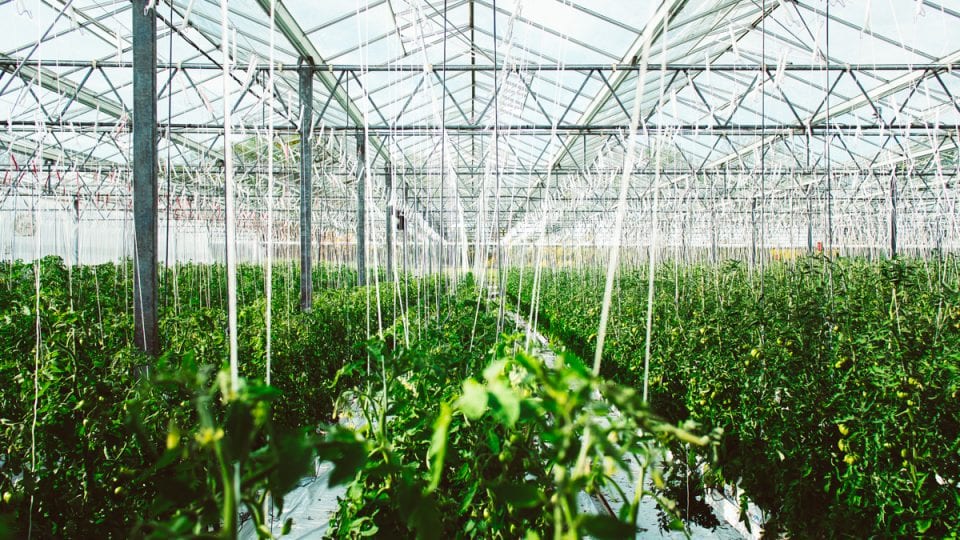

Most of the greenhouse gases related to the food industry are released during the farming stage. Growing, rearing or producing food items account for about 70 – 90% of the eventual carbon footprint of a food. This means how bad a food is for the environment normally comes down to how it was farmed.
The Input Output Model
An easy way to understand how the impacts of farm production have on an item is to think about how many inputs are required to get the output (end product/food).
For example, think about beef. In order for you to enjoy a steak with your meal in the evening, first a cow has to be reared. To grow a cow to adequate slaughtering size takes a huge amount of food, water and management. A cow has to eat many, many times the amount of calories that it eventually produces to simply grow and exist. After rearing the cow, it has to be slaughtered and processed into cuts of meat that consumers eat. These cuts need to be packaged, transported and refrigerated until you consume them. All these input processes add up, resulting with a food that is incredibly carbon-intensive. Beef is widely seen as the worst offender for this very reason, and frequently tops the list for most polluting foods.
Now compare this to dried chickpeas. The inputs to produce these are significantly lower. Chickpeas need to be sewn and then grown, occasionally requiring pest management or watering, but they don’t require huge amounts of calories or inputs to mature. Once chickpeas are fully grown, farmers normally let them dry out on the vine or in the sun, which requires no external energy input. The peas can then be harvested efficiently using combine harvesters which process many thousands of chickpeas at a time. Finished produce can then be sold loose or packaged in the store with no added refrigeration.
Hopefully, using these two examples it’s become a little clearer why some foods are deemed much more carbon intensive than others, and in turn hold much larger foodprints. However, to complicate things a little, it’s important to note that the carbon-intensity of a product can also vary even with the same food. For example cherry tomatoes grown in the winter in the UK require additional energy input to grow them inside a heated greenhouse. Instead, when grown in the summer, they require little additional energy input.
I find the input/output model incredibly useful for estimating carbon footprints of food. Next time you’re thinking about buying something at the grocery store, just think about the input/output model and it should serve you well.
Season


Season is an often overlooked factor in contributing to the footprint of a food. We have become accustomed to having all our produce available year round. Many of us just assume that a tomato purchased in January must have the same impact as a tomato purchased in August. This cannot be further from the truth.
Produce can have wildly different carbon impacts depending on the time of the year. Buying an out-of-season product means one of two things: it’s been imported from overseas, or it’s been produced by simulating its growing climate.
We’ve already covered the former point: eating imported produce, whilst not as bad as it’s often made out to be, adds a transportation footprint to the end product. But, the latter technique, simulating the season, is an incredibly polluting method of production. Most produce grown out of season locally is grown in temperature and light controlled greenhouses, which require tons of energy for heating, cooling, light control and so on.
Such greenhouse growing techniques can wildly inflate a foodprint. For example, the foodprint of tomatoes grown in March in the UK is 125 times worse than those grown in the summer, because they are cultivated in heated greenhouses.
The seasonal fluctuations in foodprints is why the low carbon diet strongly recommends eating as much seasonal as possible.
Location & Transportation


Where did it come from and how did it get here? These are two important questions to ask when considering the footprint of a food.
It’s relatively easy to understand that transporting food many miles to the supermarket increases the total carbon footprint of a food. However, contrary to popular belief it doesn’t add as much emissions as you might believe.
In reality, over the years, methods of transport have been made very efficient. Other factors are more important to a low carbon diet. A recent study showed of EU diets showed transport only accounted for 6% of the total emissions, whilst meat, dairy and eggs account for 83% of emissions.
The only exception is with air shipping food, which increases the footprint of a food astronomically. For example a 100g box of blueberries grown locally or imported via ship will produce around 100g of carbon dioxide. If it’s flown in, that increases by ten times, pushing its carbon footprint up to around 1kg.
Food Packaging
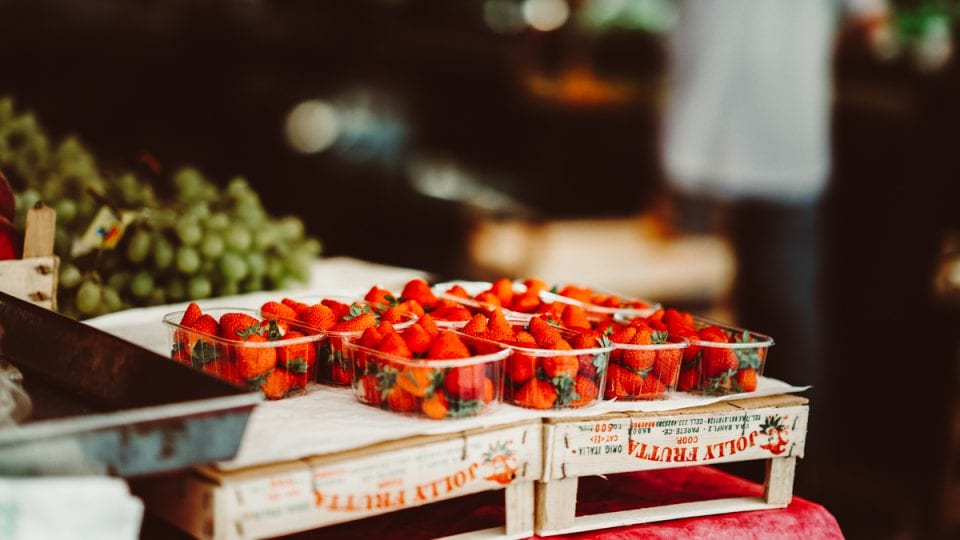

Finally, there is the impact of food packaging. This is one of the more complicated issues in the low carbon diet. This is because we must carefully balance the impact of food packaging and minimizing food waste.
Food packaging serves a clear purpose – it prolongs the shelf life. This in turn reduces food waste, a key pillar of the low carbon diet. Food waste accounts for 6% of global emissions so it’s important to combat it as much as possible.
On the other hand, creating packaging uses energy and raw materials, which increases the footprint of the food. Furthermore, you need to account for how the packaging is disposed of later. All methods of disposal – from recycling to composting add greenhouse gasses to the atmosphere. That being said, relative to other factors, packaging adds a very small amount of emissions to the eventual foodprint.
My advice is whenever possible buying loose products is preferable, but don’t feel really guilty if you need to buy things that are packaged. I’d even go as far as to say that in some cases I would recommend you buy produce that is packaged, for example with items that degrade very quickly from picking or require packaging to survive transportation. I explain more of this in detail in the Choose Loose Produce Where It Makes Sense section.
How to Eat a Low Carbon Diet
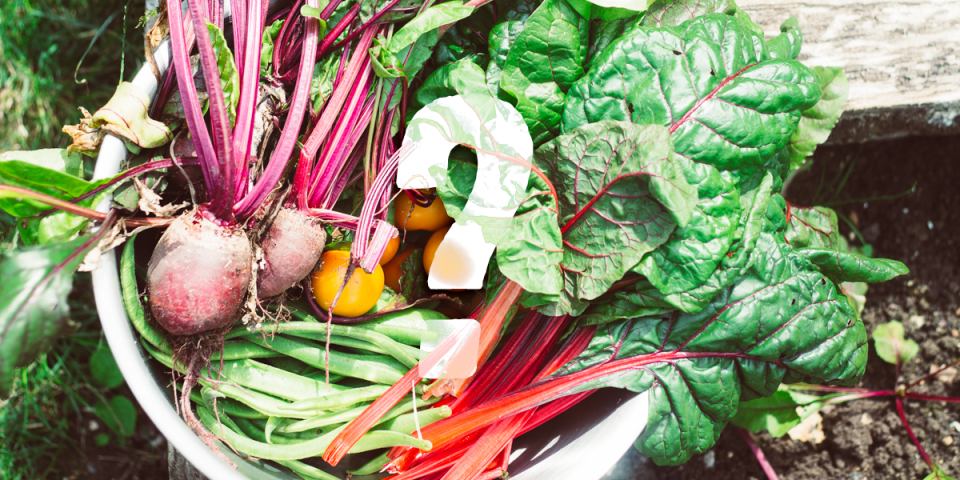

Eating a low carbon diet can be challenging sometimes. You’ll be frustrated by the lack of data about product provenance. Information about what is good/bad for the planet can also often seem conflicting and confusing. In this section I’ll outline seven strategies that, if used correctly, will ensure that you eat as low carbon as possible.
1. Reduce Meat & Dairy
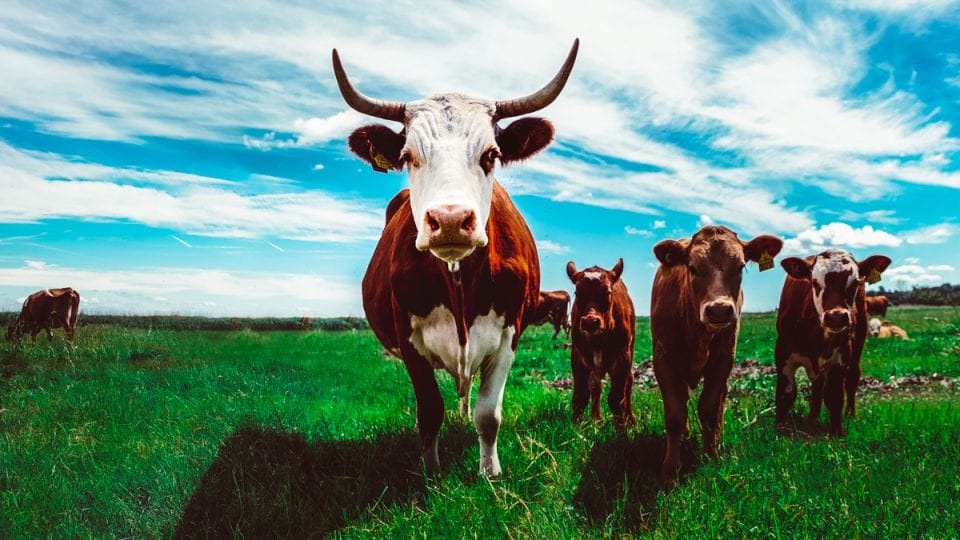

It’s widespread knowledge that meat and dairy are carbon intensive products. Why exactly is this? To explain, it’s useful to think back to the input/output formula: how much output calories can be produced by the amount of input energy. If you think about meat production in this manner, it quickly becomes apparent how inefficient a food it is. You have to feed an animal over many months, many thousands of calories to produce its end output resource. This is not to mention the energy that goes into the infrastructure that maintains and cares for the animal whilst it grows.
Additionally many animals, like cows or sheep are ruminants, meaning they fart, or burp. Whilst this might sound obvious and trivial, in reality, these cause a significant amount of methane emissions. Methane is a far more potent greenhouse gas than CO2, this means that ruminants routinely top the foods with the highest carbon footprints.
This helps explain why reducing or cutting out meat and dairy from your diet can be the biggest single thing you can do to reduce your foodprint. If you can’t cut out meat entirely, try and choose better meats such as chicken or fish. And sorry cheese lovers, it’s not enough to cut out meat and then just splurge on the dairy. Cheese has a significant footprint and is actually worse for the environment than some chicken, fish or pork.
If you’re hoping that you can switch your meat consumption to a more “sustainable” producer, be wary of the promises of labels. Titles like free-range or organic might give you some confidence that animals will be treated better. However, it is not a reliable indicator of a smaller carbon footprint. Depending on the method, crop or livestock, organic farms can actually release more CO2 into the atmosphere than conventional farming techniques. This is because organic farming often requires more land for the same yield. In other words, organic farming is more energy-intensive.
2. Eat Seasonal Products
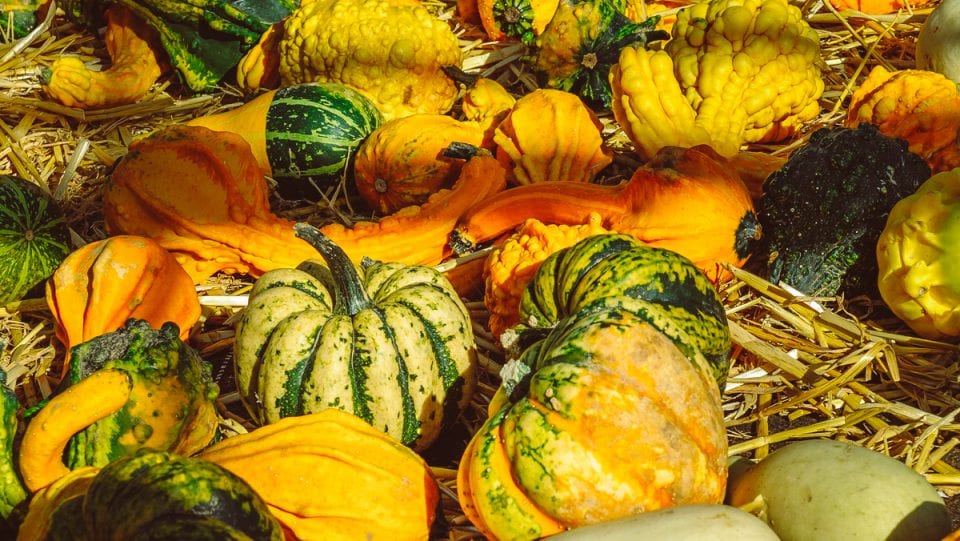

The locavore diet, eating produce that is locally in season, is one of the most effective ways to lower your foodprint. Firstly, locally produced food has the benefit of not having to be imported so you are avoiding unnecessary food miles, in particular air-freighted goods. However, most importantly, fruits and vegetables grown in-season are cultivated outdoors in their natural environment. As a result, fruits and vegetables produced in-season require little added energy to grow.
By growing fruits and vegetables in their natural season, we do not need as many added inputs to help them survive. This means fewer chemicals such as pesticides or fertilizers to protect the plants, fewer trips by the farmer with diesel powered farm vehicles to manage the crop, and fewer heating bills to help plants propagate and germinate within heated greenhouses. This simplifies the growing process significantly reducing the carbon footprint.
We are lucky that the UK has such a temperate climate. This means that we have access to some form of fresh fruits and vegetables all year round. Save the British seasonal calendar on your phone so you always know which fruits and vegetables to pick out.
3. Reduce Food Waste
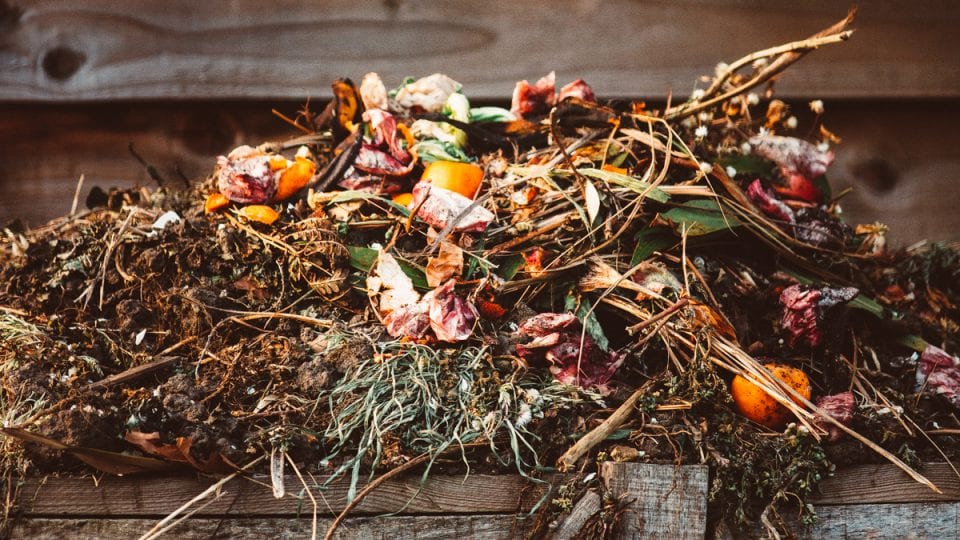

Annually, over 6.5 tonnes of food is thrown away in the UK. More shockingly, around 70% of the food that was thrown away was still fit for consumption. By throwing away edible food, we are also throwing away all the energy that it took to produce the item. Think about all those unnecessary emissions!
Binning leftovers also creates an even more damaging problem in the supply chain. Our food producers are constantly producing more food than we actually need. Think about how much less food, and in turn how fewer emissions, would be produced if we ate all the food we bought.
Food waste doesn’t just waste unnecessary emissions, it also creates emissions. Once food is discarded, it starts to degrade and compost, producing hazardous methane gasses. This gas, as mentioned previously, is around 30 times more effective at trapping heat than CO2, meaning it’s 30 times more effective at contributing to global warming.
Producers often play a major role in the carbon footprint of a product. This is not the case with food waste, where the consumption stage is responsible for 37% of the total footprint. This means that we, as consumers, have a big responsibility to reduce food waste.
So what tactics can employ to reduce waste. The most important thing is to carefully plan your meals, only buying what you need. I like to plan my week’s meals on Sunday night and then work out a shopping list. When planning what to eat, always look at what you already have in your fridge or cupboard. Try and try and find recipes to use up ingredients. Have a few go to recipes that can accommodate large varieties of ingredients, like soups or stews.
It’s also important to learn how to properly store produce and ingredients. There are many guides for this on the internet, my favourite this one by half your plate. Finally, it’s important to adjust your thinking about cooking, think about how you can use the whole ingredient. Roast broccolis with their entire stalk, create a salad with radishes and their leaves. Try to be creative and let nothing go unused.
4. Choose Loose Produce Where it Makes Sense
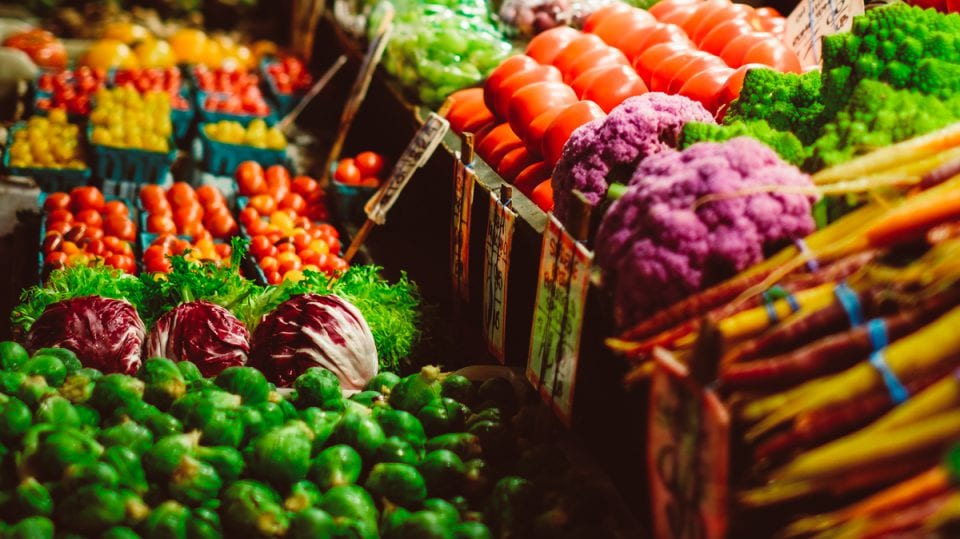

Thankfully today we are more aware of the damage that plastic and other non-biodegradable packaging has on our natural environment. We have all seen images of sea creatures with mountains of plastic in their stomach, or shots of large floating trash piles in the ocean. In response, there has been a well documented public outcry at unnecessary packaging.
Whilst this response is most definitely warranted, it is all too easy to make packaging the villain. In reality, packaging plays an important role in our food supply. Without packaging many items would spoil or damage and go to waste. For example, many items like salad leaves start to degrade from the moment they are picked. Additionally, other fruit and vegetables are just too brittle to be transported without some kind of container, think blueberries or blackberries.
I recommend buying loose where it makes sense to. In the vast majority of cases this is with fruit and vegetables which are more robust and packaging adds little benefit to them. How can you identify fruits and vegetables that would benefit from packaging? As a general rule of thumb think about produce that wouldn’t survive if you dropped it from waist height – things like berries and soft fruits. Or fruits and vegetables that quickly wilt if kept out in the elements – things like baby greens and fresh herbs.
When buying loose try bagging produce using reusable bags. Single produce bags serve very little purpose. It’s very easy to use old cotton or supermarket bags to make produce carriers. But, be wary of buying “sustainable” produce bags when you already have perfectly good bags at home. Remember, the most sustainable bag you have is the one you already own.
5. Eat Fresh Instead of Processed
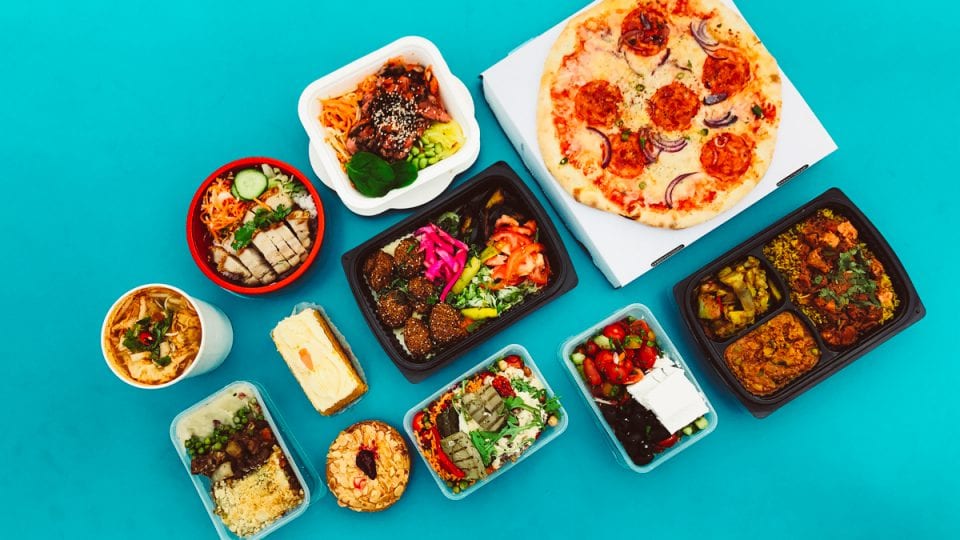

Whilst it’s not always true, as a general rule, processed foods have a higher footprint than fresh equivalents. By adding extra steps or ingredients to a product, it creates a more energy-intensive output. Just think about how much energy it takes to make a lentil dhal ready-meal compared to the base lentils: industrial mixing, cooking, packaging and shipping all adds to the foodprint.
That being said processed foods aren’t necessarily high carbon products, it’s just that they’ll always be higher than their base ingredients. Additionally, you’ll not know exactly how much energy has been used to translate those base ingredients into the end product. It’s for this reason I recommend choosing fresh, whole food ingredients where possible.
By choosing whole ingredients, it will not only be healthier, but you’ll be able to know for sure how much energy/cooking you’ve done to convert ingredients to your end dish. Plus, it’s way more fun!
6. Consider Where the Food Came From
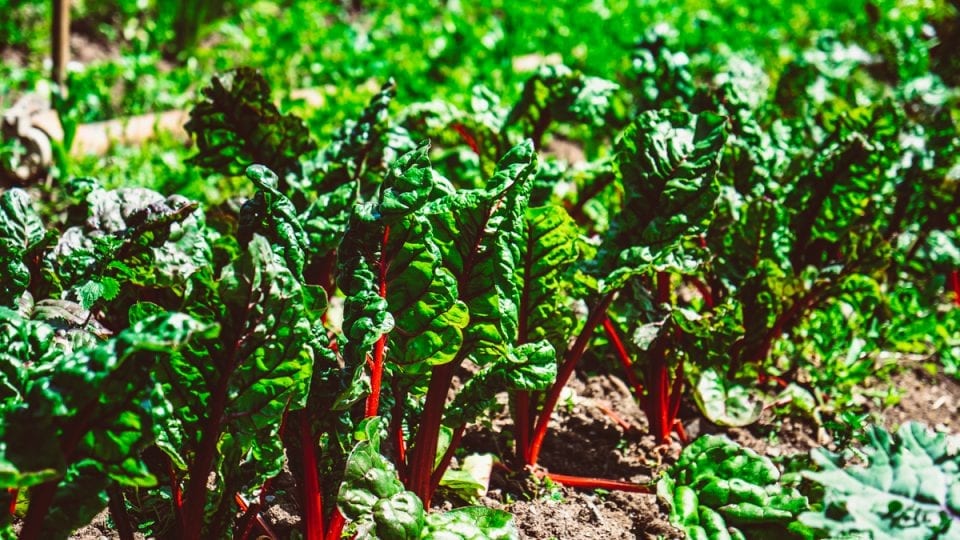

Hopefully by now it should be clear that the production stage is the biggest factor in the carbon footprint of a food. Educating yourself about how your food was produced will help you choose more sustainable produce.
We’ve talked about the importance of avoiding foods that have been shipped by air freight. It’s imperative that you try and weed out as many suspect air freight items as possible. This should cut out any worries about food miles impacting the carbon footprint of your food.
Sadly, understanding the other aspect of the production stage, farm practices, is incredibly tricky. Farm practices do make a big difference to the impact of the food items, but it’s very hard to find out how our food has been produced. There is also a constantly evolving dialogue about what impacts do lessen the impact of a product’s carbon footprint.
With all this uncertainty I think the best method for purchasing is to buy directly from producers. Going to farmers markets is a very rewarding experience not only for the amazing produce on offer, but also the ability to speak directly to farmers. You have a chance to ask about their farming practices and understand what factors they’ve taken to reduce their carbon footprint. This way you can at least steer clear of big red flags like heated greenhouses or intensive deforestation.
7. Cook Efficiently
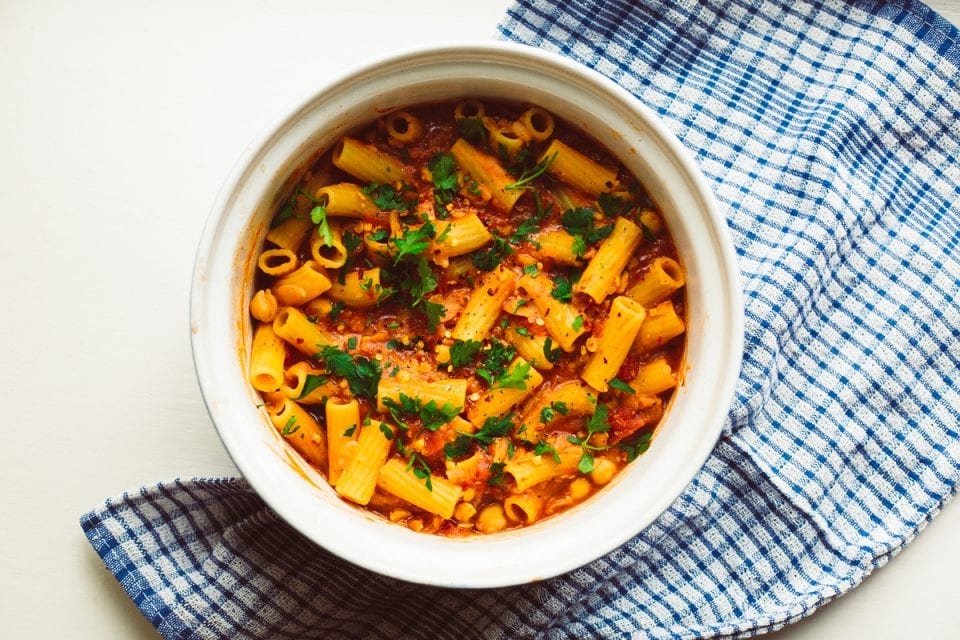

Cooking is the last weapon in the low carbon cooks arsenal. When you’ve finally brought home you’re wonderfully sustainably sourced produce, how should you cook it to minimise the footprint?
Cook with a minimalist yet creative mindset, try using as little energy and equipment as you possibly can. Take smaller cooking times and cook smart – reuse water and pans. A favourite trick of mine is to steam vegetables over boiling pasta or rice. Take a colander and stick it over the top of the pan with the veggies in, then cover with the lid. You’ll have perfectly steamed veggies in no time.
Have a zero-waste mindset and try using every last bit of the ingredients you’ve sourced. You’ve heard of nose-to-tail cooking, well now you need to think about skin-to-stalk cooking. The amazing thing about this approach is you’ll discover wonderful techniques you never thought possible. Making a mash? Roast those discarded potato skins and crumble them over the finished dish to yield a crunchy topping. Boiling some broccoli? Save the stems and make a wonderfully rich broccoli stem pesto the next day. It’s incredibly rewarding and fun to cook like this, and it comes with the added bonus of saving the planet, what’s not to like!
How to Shop Smart
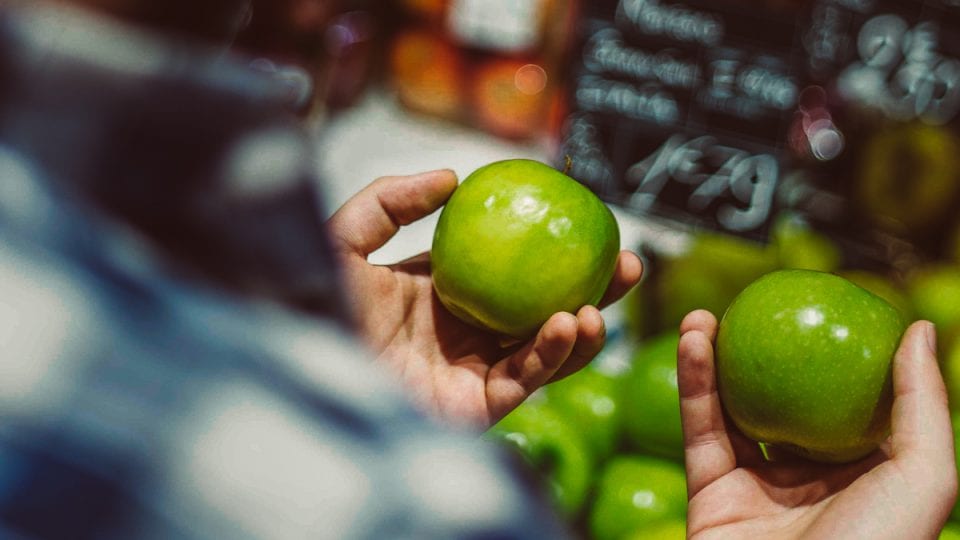

So now you know how to eat a low carbon diet, I’ve compiled a list of tips to help you with you in the supermarket and make your shopping easier and a more efficient process.
Step 1: Check the Seasonal Calendar
Eating seasonal and local food is somewhat of a mantra in the low carbon diet. So the first step before planning a shop is to always check the seasonal food calendar. I find eating around the seasons is great fun. I always have a twinge of excitement looking at what’s coming into season, dreaming of all the possible recipes I can try.
Step 2: Meal Plan
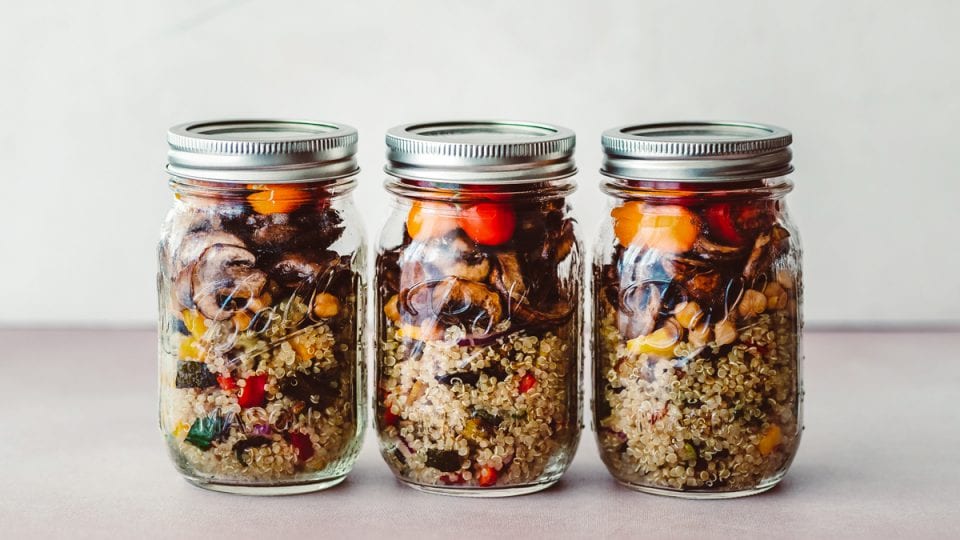

I love meal planning because it saves time and keeps my meals healthy and nutritious. It also fits perfectly within a low carbon diet. By incorporating meal planning into your weekly schedule you’ll naturally reduce your food waste. I like to sit down and plan the week’s meals after looking through the cupboards and work out what I need to use.
Many people meal plan for an entire week but if you have more time throughout the week you can plan for shorter intervals. Check your calendar before listing how many meals you need to prepare. Perhaps you are eating out one some of the days or away on a trip. For normal days, include breakfast, lunch, dinner and 1 – 2 snacks.
Meal planning can also help you understand what items you can buy in bulk. This can save on packaging waste and cut down on store trips which also add carbon if you are travelling by car.
If you’re just starting out with the low carbon diet, you might still be eating a decent amount of meat and dairy. That’s ok, just be sure to use your meal planning time to carve out a few days where you have meat-free meals. You’ll find it rewarding and it will help bring down your overall foodprint.
Step 3: Use the Input/Output Method
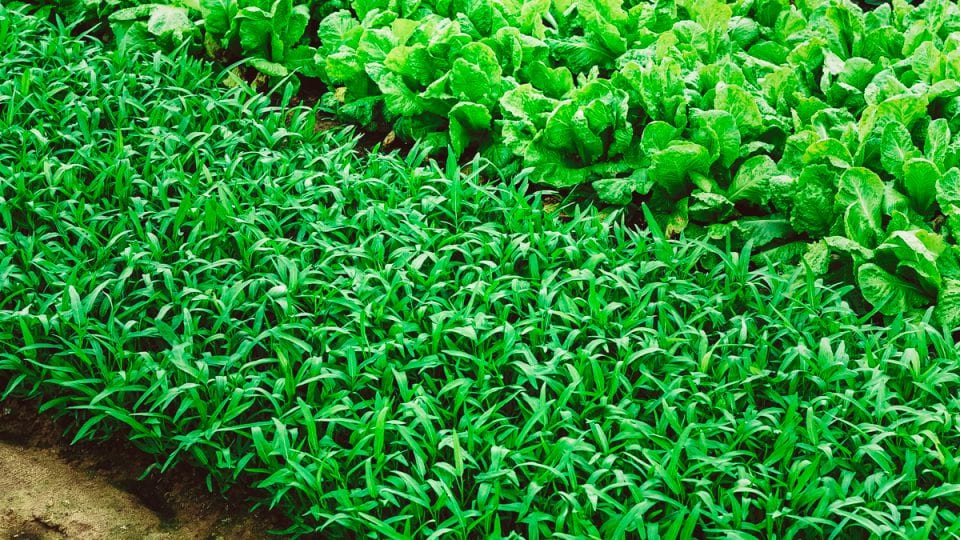

If you’re struggling to decipher how bad an item is for the environment. Remember to think about the Input/Output approach to estimating a product’s carbon footprint.
How many inputs (food, energy, resources, people power) have provided the end output (calories, weight)?
Keeping this question in mind can help you navigate the supermarket aisles with confidence. I find that this method will give you a pretty good idea of the products impact, take the following examples:
Potatoes – can basically grow on their own, require little processing, have minimal packaging, no need for refrigeration – safe to assume low carbon.
Cheddar Cheese – Requires a fully grown dairy cow to be fed and impregnated, farmer has to house and milk cow using machinery, raw milk needs to be transported and processed into cheddar, cheese then needs to be cut and packaged into portions, requires refrigeration – safe to assume high carbon.
Step 4: Bring Your Own
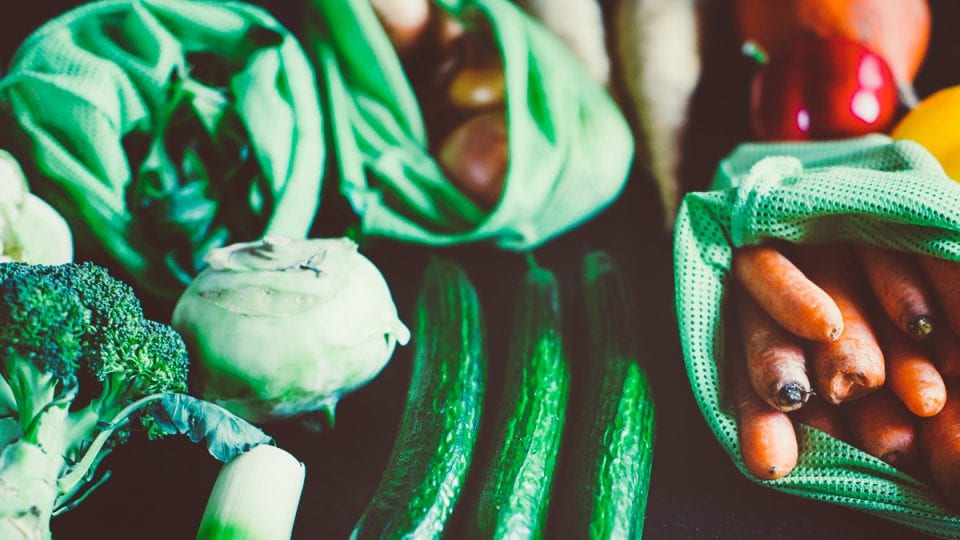

We already touched on the pros and cons of food packaging. Sometimes food packaging is necessary and it’s important to approach shopping with this in mind. Yes it would be great if we could reduce the amount of single use plastic displayed at the supermarket, however, the alternatives are often much worse for the environment. Until a sustainable alternative is developed, it’s our job as consumers to demand more and choose loose where it makes sense.
Buying loose products means bringing your own vessels, bags or jars. As mentioned before, the most sustainable choice for these are the ones you already have. Don’t buy a new “sustainable” bag if you already have a perfectly good one at home. Often there are lots of great things you can recycle in your home, this is a double win for the environment. Repurpose old jam jars and glass containers for dry produce. Use cardboard delivery boxes as easy transport for larger items. These are just a few ideas, get creative and see your trash in a different light.
Step 5: Try Buying Direct
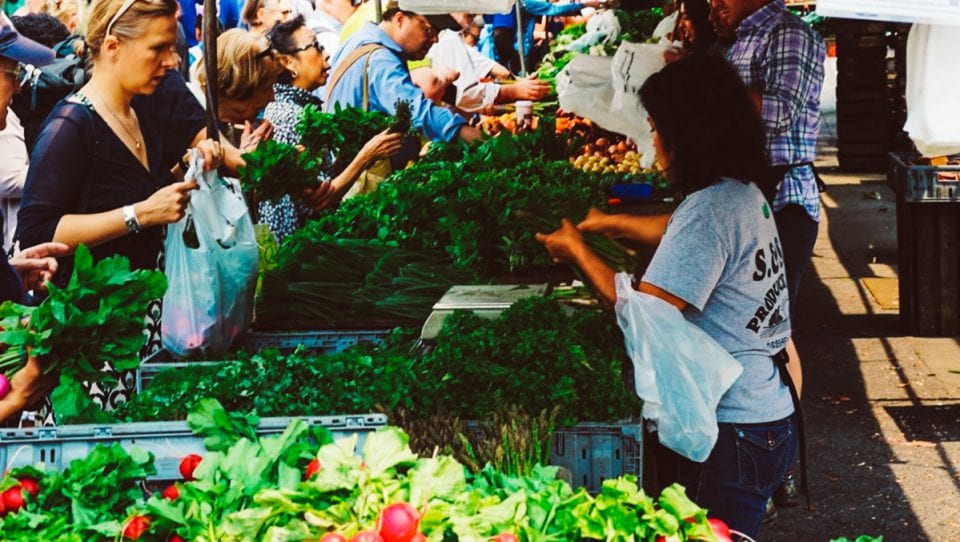

Cultivating a relationship with a farm is not only rewarding socially but a win for the environment. By buying directly from farmers you are cutting out many lots of processes in the supply chain – transportation to sorting and packing houses that then redistribute to supermarkets. You’ll also be able to quiz farmers yourself on what kind of growing practices they use. This should give you a better understanding of their products’ impacts.
You can normally buy directly from farmers at organised farmers markets. Check out your local area information about where and when these meet, and who attends. I normally like to peruse a few sellers before committing to one longer term, which I do recommend. Having a long term relationship with a farmer will lend benefits down the line. Meaning you might be able to ask for special consideration. For example, providing your weekly carrot order without washing the soil and leaving the leaves intact.
Step 6: Check the Label
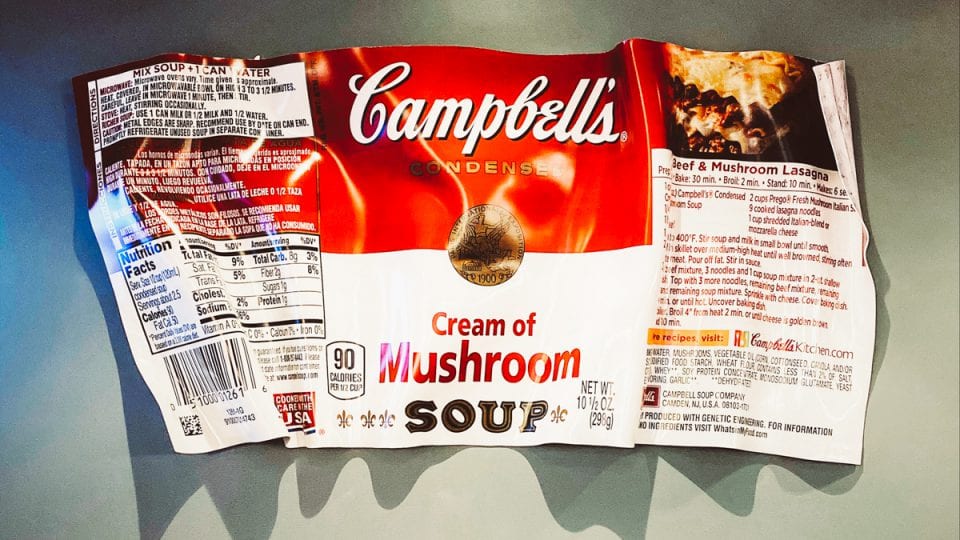

Never buy blindly. There are several clues to the impact of a product that you can find on food labels even though not all products have them. Here is a quick overview of what to look for in food labeling.
Number of Ingredients: Remember the number of ingredients normally gives a rough indication of the amount of processing that the product has entailed. More processing generally means more carbon. However, this is not a hard and fast rule, if you are having trouble, think back to the input/output rule.
Ingredient Names: Again an indicator of the processing, see above for more information. The more complicated the name, the less likely it is a natural product.
Import Label: Most produce/products will come with a country of origin information. Try and stick to local and seasonal produce. Remember to always keep in mind what produce is in season locally. It’s a major red flag if the produce you’re looking at is marked as produced locally, but in reality it is out-of-season, avoid at all costs.
Carbon Label: Some products might have Co2e (co2 equivalents, a fancy way of saying greenhouse gasses) labels. For example Oatly Milk has started to do this. Looking at the Co2 output is an easy way to understand the impact of a product, generally anything under 1kg Co2e per kg of produce is pretty decent.
Eco-Friendly Farming Practices: Try looking on the packet for mention of sustainable farming practices. This doesn’t just mean looking for organic. As I’ve mentioned earlier organic, can, in some cases, be worse in terms of greenhouse gas output. Instead look for conscious efforts by the producer to gear production to trapping carbon outputs. Mention of permaculture or carbon sequestration is a great sign, additionally tree planting or carbon offsetting can also be another checkmark.
Wild vs Farmed: If you do end up eating meat, wild meats have generally a lower foodprint than farmed equivalents. Furthermore, most wild fruits and vegetables (berries and mushrooms mostly) also have a low footprint.
Step 7: Remember the OLOS Method
The OLOS method uses a handy acronym to help determine whether something was imported through air freight. It is also a good reminder for other low carbon diet guidelines.
OLOS stands for:
Out of season locally, Labelled as coming from Overseas, has a Short Shelf life.
If a product meets this criteria, it’s probably been imported by air and should be avoided.
The Low Carbon Diet Summarised
The low carbon diet focuses on reducing the impact our eating habits have on the environment. By choosing the low carbon diet you are helping reduce the strain that agriculture is putting on the planet.
Eating a zero carbon diet very hard. There is much misinformation and lack of clarity about the impact of different foods. However, the low carbon diet offers a seven step framework to reduce your foodprint as much as possible. These are:
- Reducing meat & dairy intake
- Eating foods that are in season
- Minimizing food waste
- Favouring fresh over processed foods
- Being mindful of food packaging and choose loose where possible
- Avoiding airfreight imported products
- Cooking Efficiently & Creatively
Committing to the low carbon diet is not without hardship, it requires planning, research and trying new foods. However, it is incredibly rewarding to follow and an important diet change to make.
If you are looking to get started with some simple low carbon recipes, check out the recipes on this site. All my recipes come with a detailed carbon footprint breakdown so that you can actively see how much carbon you are saving.
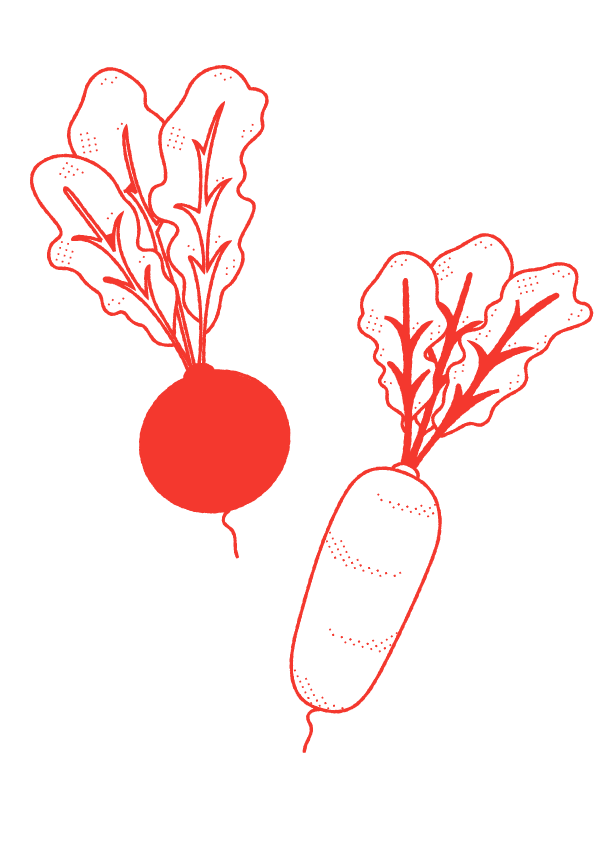



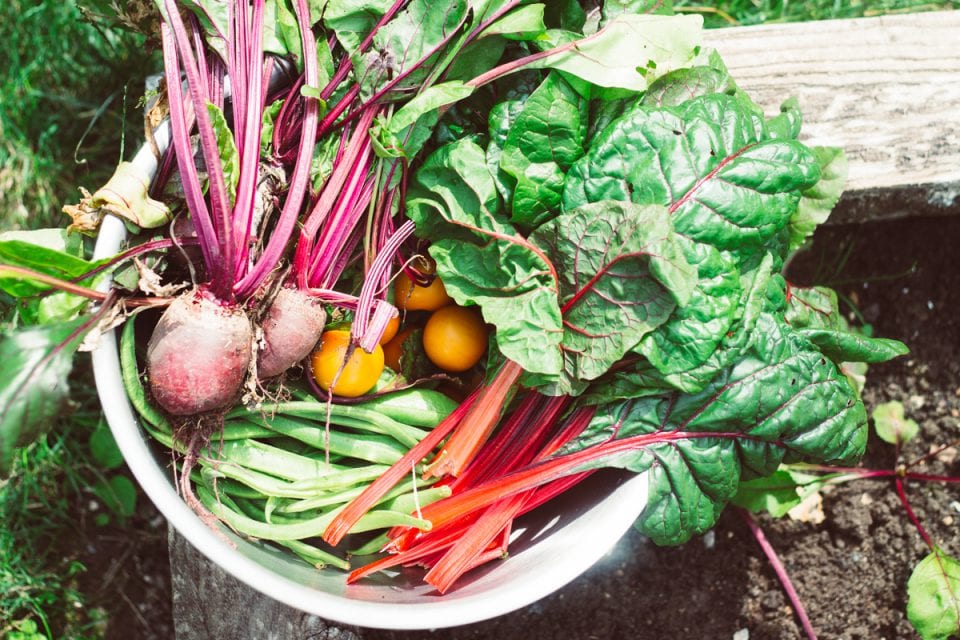
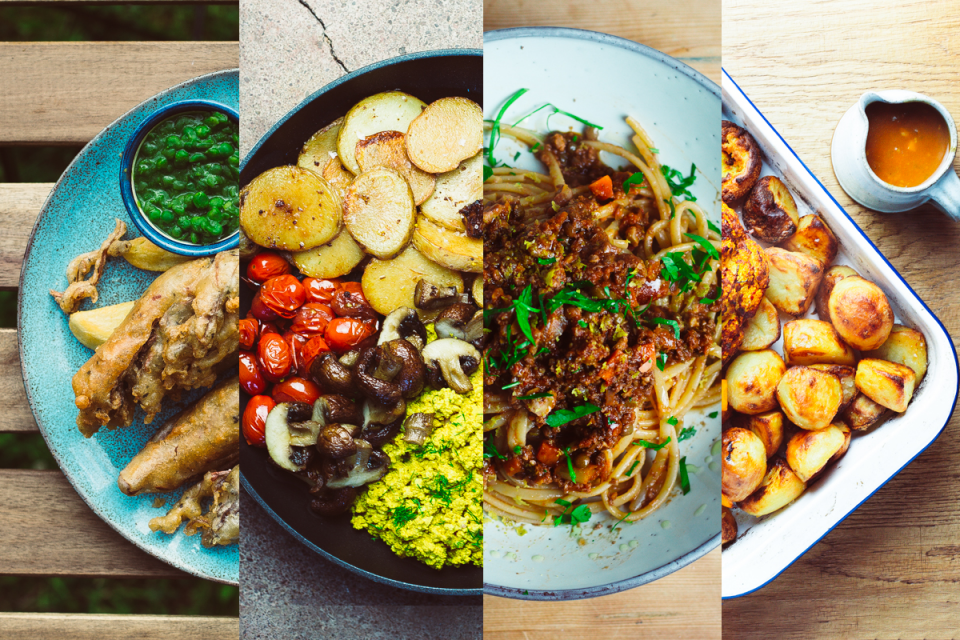
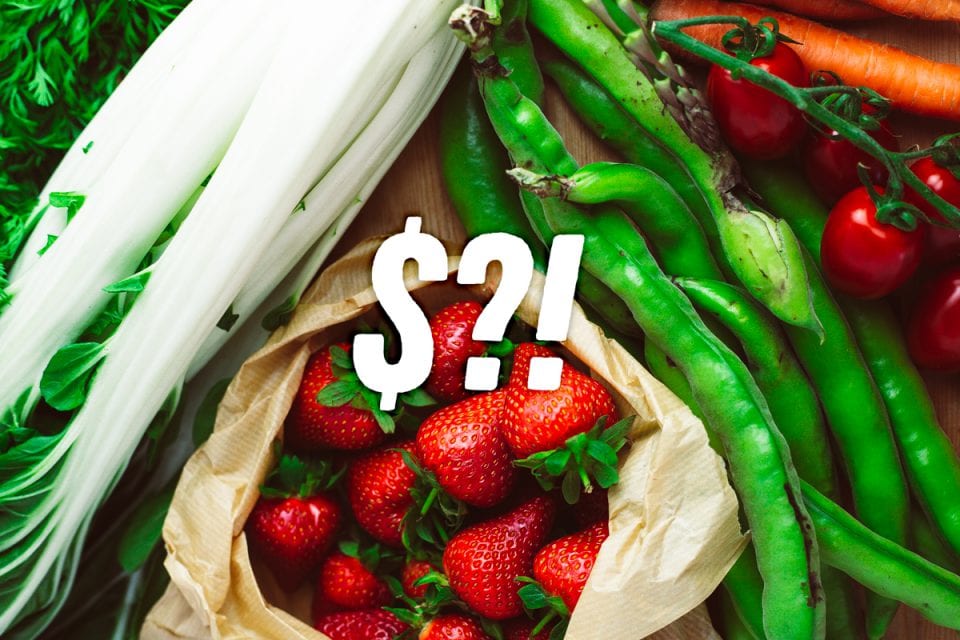
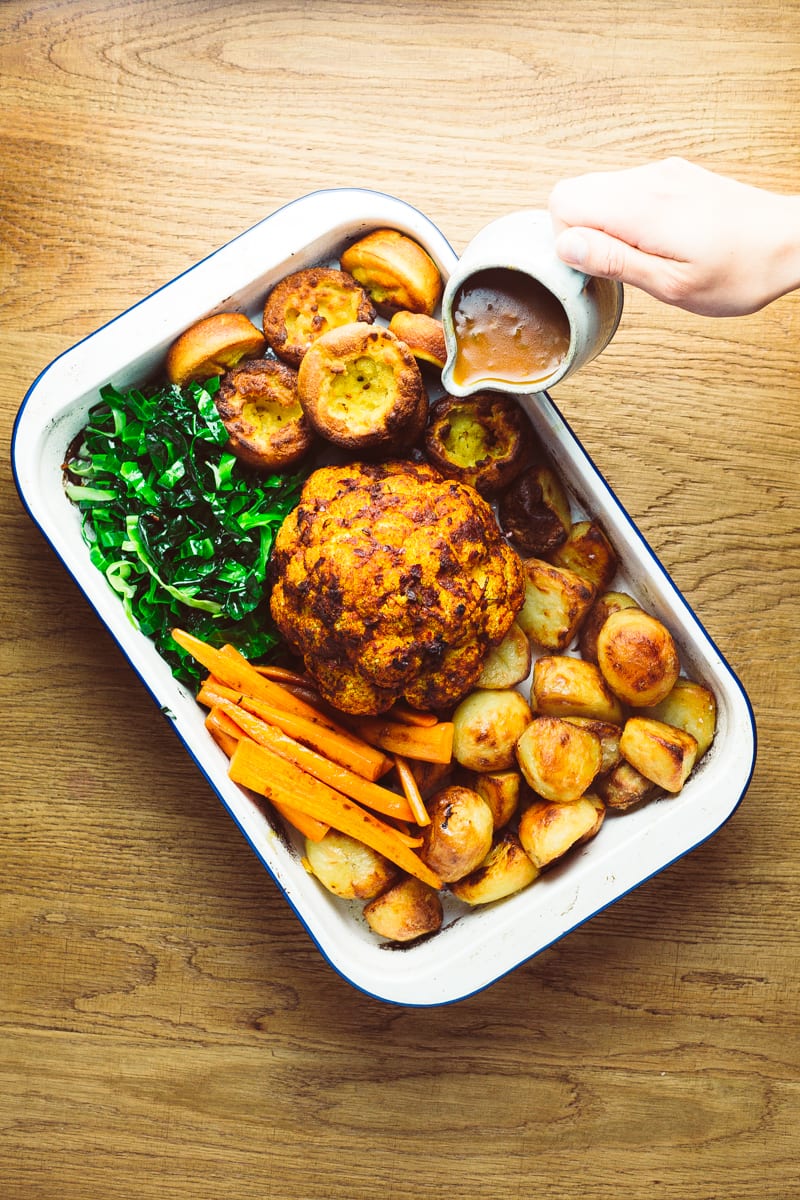
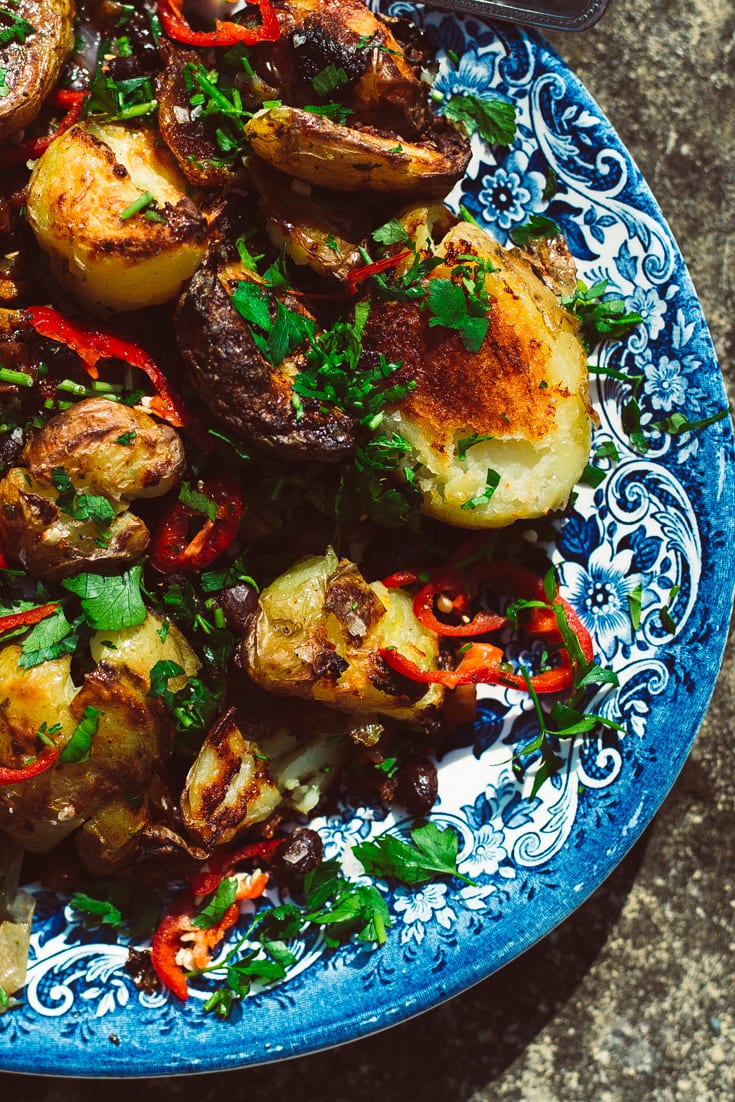

8 Comments
Ty Fujimura
January 4, 2021 at 3:05 am
This is a fantastic primer and collection of resources. Very grateful for the work you put in to help make it easy to make smart decisions. Thanks!
hugo
January 4, 2021 at 8:33 am
Thanks Ty, glad it helped!
Katie
March 28, 2021 at 4:56 pm
My partner and I have started getting produce delivered that farmers in the UK couldn’t sell to supermarkets either due to overproduction or because they didn’t meet aesthetic standards. This has forced us to eat seasonally but we weren’t very good at finding new recipes (we ate a LOT of stews) so I am incredibly excited to find your site, it’s perfect. Thank you!
hugo
March 28, 2021 at 4:57 pm
Great to hear Katie. I hope you enjoy the recipes on the site!
anthony byrne
June 18, 2021 at 5:47 am
Really informative i am vegan for 20 years but reading this makes it more important to look at other ways to cut down your carbon footprint.
hugo
June 18, 2021 at 6:06 am
Glad you found it useful Anthony
Helen
May 25, 2022 at 10:52 pm
Really interesting website thank -you. One of the areas i’m interested in is nutrient dense food so that I can eat less but still maintain a healthy diet. Comparing potatoes to cheese although relevant to the carbon question doesn’t factor in what nutrition value I get from either option. For instance if I’m looking for protein in my diet how much vegan protein would I need to provide the same protein as animal based protein and similarly with other nutrients, vitamins etc. And with those values factored in what is the carbon load of each? Do you know of any research based on nutrient density and carbon footprint?
hugo
June 27, 2022 at 9:50 am
Hi Helen, in general, this is a problem that lots of people worry about too much. Whilst many vegan foods aren’t as protein-rich as many animal products, it’s very easy to eat a nutrient-rich plant-based diet. In fact, many medical studies now show that switching to a plant-based diet is a very cost-effective way to lower body mass index, blood pressure, HbA1C, and cholesterol levels. Here’s a link to a recent paper on the subject.. To answer your further question about how plant vs animal sources vary when it comes to carbon load vs protein density, I would recommend looking at our world in data’s handy tools. It offers the ability to sort based on “Per 100 grams of protein” & “Per 1000 kilocalories”. As you’ll see meat proteins still have a worse carbon impact even considering their increased protein density. For example, 100g of beef protein has a 25x worse impact than tofu protein and about 113x worse impact than pea protein.